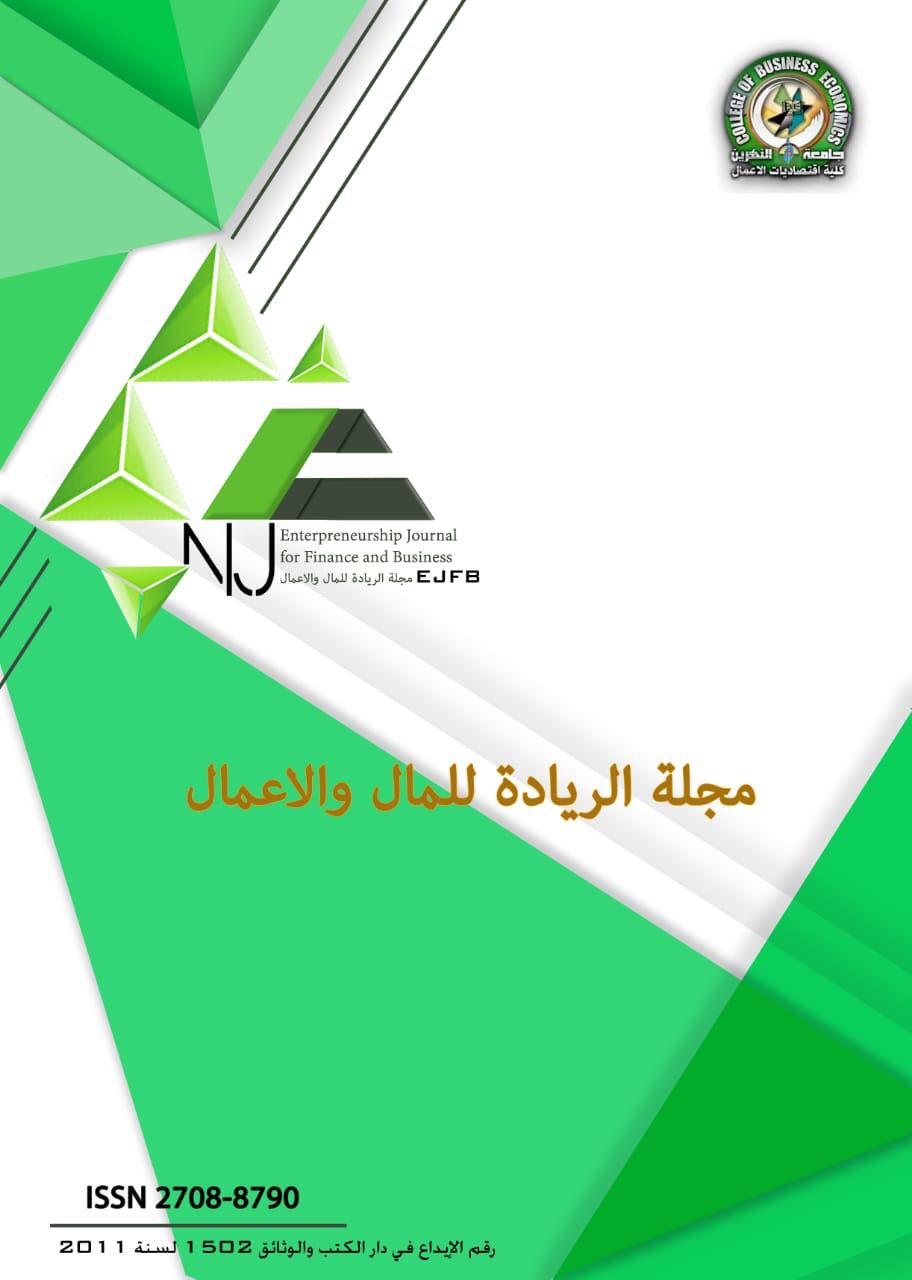The role of human resources development in achieving organizational loyalty an exploratory study of the inspection department / Rusafa health department
DOI:
https://doi.org/10.56967/ejfb2020124Keywords:
continuous loyalty, individual development, emotional loyalty, organizational loyalty, human resource developmentAbstract
The aim of present study is to explain the role of human resource development in achieving the organizational loyalty. The suggested hypothses which have been used clarified the relationship between the studied variables The following was concluded:
a- The study used the human resource development as constant variable with five important dimensions: (individual's development, organization development, systematic teaching, working groups, and human resource development strategies). In addition to three dependable dimensional variables to achieve organizational loyalty (emotional loyalty, continuous loyalty and standard loyalty). A questionnaire was applied by the emloyees of inspection department. Seventy-five (75) questionnaires out pf ninety (90) questionnaires were obtained and included (52) parts. SPSS v23 program was used for data analysis.
b- Among the results that were reached is “It emerged from the results of the research that the Inspection Department shows a high interest in developing human resources. That it clearly shows and is evident through the interest in his work, which in turn reflects positively on the organizational loyalty of the employees"
c- The most important recommendations reached by the two researchers, "The need to pay attention to the development of human resources in all Iraqi organizations because of its great importance in the employees' attachment and loyalty to the organization.".
Downloads
Downloads
Published
How to Cite
Issue
Section
License

This work is licensed under a Creative Commons Attribution 4.0 International License.
This is an Open Access article distributed under the terms of the creative commons attribution (CC BY) 4.0 international license which permits unrestricted use, distribution, and reproduction in any medium or format, and to alter, transform, or build upon the material, including for commercial use, providing the original author is credited.






